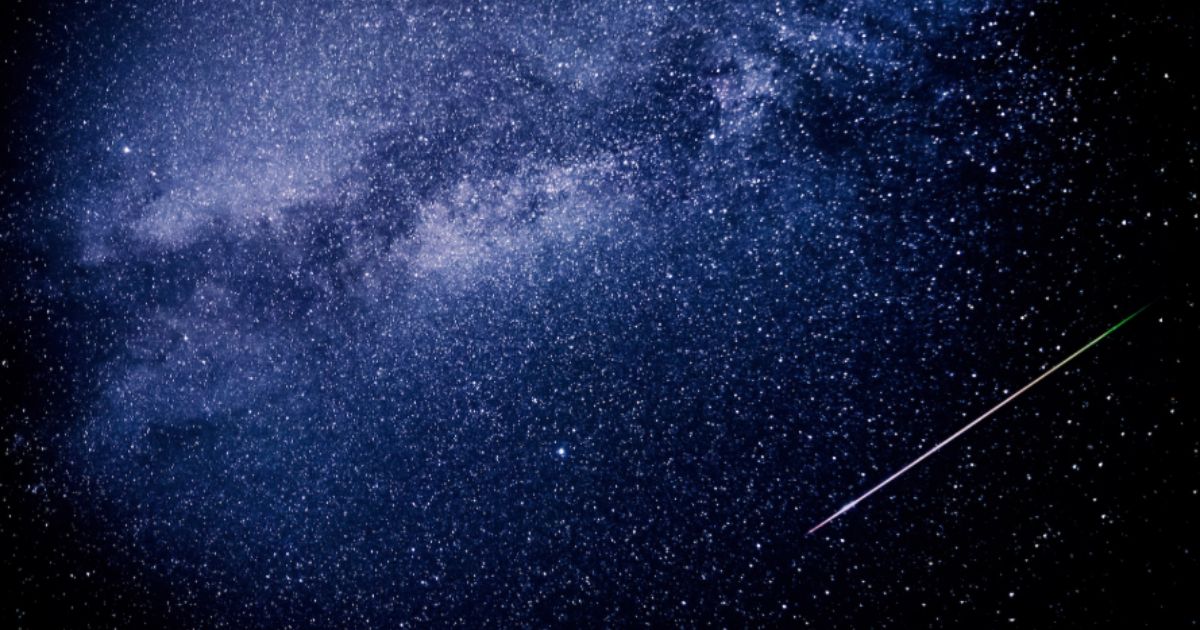Perseids Meteor Showers are set to dazzle the Northern Hemisphere in 2025, with a peak forecast around the night of **August 12 into the early morning of August 13**. But this year brings a twist—an **84% illuminated waning gibbous Sturgeon Moon** will heavily brighten the sky, making faint meteors hard to see. Still, Perseids remain one of the most reliable and beloved celestial light shows of the year.
Active Window and Peak Timing
England the night sky from **July 17 through August 24**, Earth passes through the debris trail of **Comet Swift–Tuttle (109P)**, generating Perseid meteors. The actual peak—the densest concentration of material—arrives mid-August. Most sources, including the American Meteor Society and astronomy outlets, confirm the **best night to watch is August 12–13**. NASA suggests predawn hours—especially 2 a.m.–5 a.m. local time—offer the highest rate of sightings.
The Moon’s Glow: A Bright Backdrop—or a Hindrance?
In 2025, the **Sturgeon Moon** reaches full on **August 9**, meaning the sky remains nearly full for the peak nights. You can expect only the brightest Perseids to cut through the glare. According to forecasts, while the ideal midnight-dark sky might deliver up to **100 meteors per hour**, the moonlit conditions could reduce that to **10–20 per hour** in many areas.
Viewing Conditions by Region
Observers in Texas, especially outside urban centers, may enjoy clearer skies with better meteor visibility. In other regions, such as Michigan or parts of Illinois, weather forecasts suggest partial or heavy cloud cover that could hamper sighting opportunities. Still, on a clear night with minimal light pollution, the Perseids remain a top-tier celestial experience—even through moonlight.
Metering Expectations and Strategy
Here’s what to expect—and how to optimize your chances:
- Peak performance: Expect up to **100 meteors per hour** in total darkness—reduced to **10–20 per hour** this year due to moonlight.
- Best viewing window: Between **midnight and dawn**, with the most activity after 2 a.m.
- Where to look: The radiant is in Perseus—but peripheral vision helps. Aim 40 degrees above the northeastern horizon and avoid looking directly overhead.
- Dark sky is key: Travel away from city lights, dim screens, and allow 30 minutes for eyes to adjust.
Why 2025 Still Matters for Stargazers
The Perseids consistently offer fireballs—bright, long-lasting meteors—even when moonlight floods the sky. That means observers can still capture memorable streaks and surprise bursts of light, especially in dark, rural locations.
Why the Perseids Are Always a Hit
Few meteor showers are as bright, frequent, or dependable as the Perseids. Stemming from a comet with a 133-year orbit, the debris is dense and energetic—producing fast meteors (about 36 miles per second) with colorful trails and occasional fireballs. A summer event with ancient astronomical roots, it’s as much a tradition as it is a spectacle.
Viewing Tips Recap
- Watch **after midnight through dawn**, especially around **2–5 a.m.**
- Use **dark, open areas**—away from light pollution
- Aim roughly **40° above Perseus**, using peripheral vision
- Allow your eyes to adjust—no phones or lights for 30 minutes
- Be patient—missed shots could reveal a fireball in moments
Looking Ahead: Post-Peak Observers
Even though activity drops after the peak, late-August nights still deliver sporadic meteors. Observers who missed the August window may still catch a few streaks, especially in regions where cloud cover clears. The next major shower—Orionids—arrives in late October for those willing to wait.

